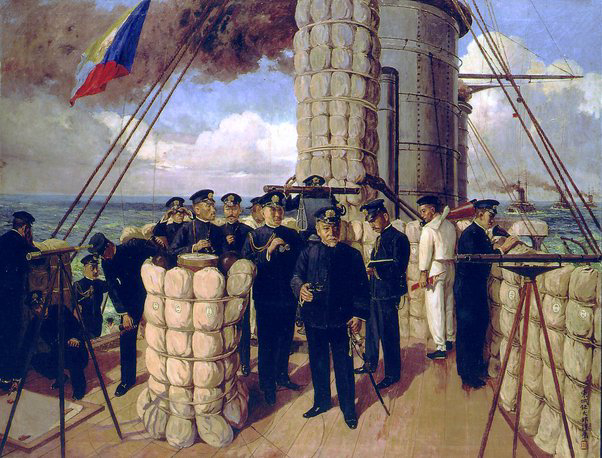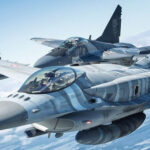How did Admiral Togo achieve victory at the Battle of Tsushima Strait despite being outnumbered and having inferior ships?
How did Admiral Togo achieve victory at the Battle of Tsushima Strait despite being outnumbered and having inferior ships? Admiral Tōgō Heihachirō’s victory at the Battle of Tsushima Strait in 1905 is a landmark in naval history, achieved through a combination of brilliant strategy, innovative tactics, and superior training and morale within the Japanese fleet. Despite facing a larger Russian fleet with some technologically superior battleships, Tōgō’s approach exploited several critical factors:
Strategic Planning and Preparation
Tōgō’s preparations began well before the Russian fleet arrived. The Japanese were fully aware of the Russian Baltic Fleet’s lengthy and arduous journey to the Pacific, having traveled over 18,000 miles. This journey left the Russian fleet physically and mechanically fatigued, with less effective crews and equipment. Japan’s intelligence network provided detailed knowledge about the Russian fleet’s approach, allowing Tōgō to plan a surprise engagement.
Superior Mobility and Speed
The Japanese ships, though lighter, were faster and more maneuverable than their Russian counterparts. Tōgō skillfully used his fleet’s speed advantage to dictate the terms of engagement. He used classic “crossing the T” tactics, which allowed his ships to fire broadside with full broadsides at the approaching Russian columns. This maneuver, where Japanese ships positioned themselves perpendicular to the Russians, maximized their firepower and minimized the Russians’ ability to respond.
The “Crossing the T” Tactic
Tōgō’s most famous tactical maneuver in the battle was “crossing the T.” This involved positioning his fleet perpendicular to the oncoming Russian fleet, giving his ships the advantage of firing at the Russians head-on with all main guns. The Russians, on the other hand, could only fire their forward guns while facing heavy fire from the Japanese. This tactic, combined with accurate Japanese gunnery, led to devastating losses for the Russian fleet.
Superior Training and Discipline
The Japanese navy had invested significantly in training and discipline, particularly in marksmanship and gunnery drills. The Japanese gunners were highly accurate, inflicting substantial damage on the Russian ships early in the battle. By contrast, Russian crews were less trained and had struggled with morale and maintenance issues throughout their long voyage. Tōgō’s disciplined forces could sustain pressure and maintain effective coordination throughout the battle.
Effective Use of Technology and Modern Weaponry
While some of the Russian ships were technologically advanced on paper, the Japanese ships were modern, well-maintained, and equipped with effective naval guns and torpedoes. Tōgō’s forces skillfully used their torpedo boats to harass and attack the Russian fleet at night, adding further disruption to an already overwhelmed opponent.
Psychological Warfare and Morale
The Japanese fleet’s high morale and sense of purpose contrasted starkly with the exhausted and demoralized Russian sailors, who had spent months at sea, facing constant shortages and mechanical issues. Tōgō’s inspiring leadership and his reputation within the Japanese navy gave his men confidence and morale, factors that proved crucial in sustaining their fighting spirit through the battle’s intense phases.
Exploiting Russian Vulnerabilities
The Russian fleet was poorly coordinated, with communication and tactical planning deficiencies. After the long, grueling journey from the Baltic, many Russian ships were in disrepair, and the crews were fatigued. Tōgō exploited these weaknesses, maintaining an aggressive pace that prevented the Russians from regrouping or effectively coordinating their defenses.
Outcome and Legacy
The battle ended with a near-total Japanese victory, with the Russian fleet almost entirely destroyed. This victory demonstrated the effectiveness of modern, agile naval tactics over older, brute-force approaches and marked Japan’s emergence as a major naval power. Tōgō’s victory at Tsushima also showcased the importance of preparation, morale, and tactical flexibility, influencing naval strategies worldwide in the years that followed.


